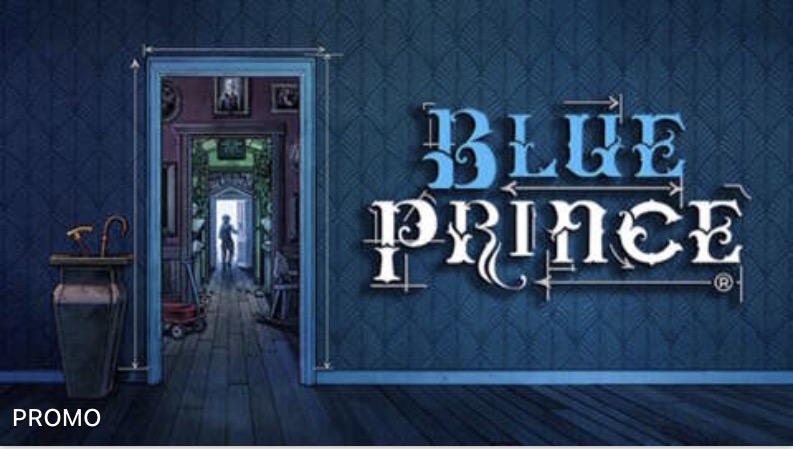More than anything, Nintendo Switch 2 Welcome Tour is an odd part of the Switch 2 launch lineup because it’s defined more by what it isn’t than what it is. It isn’t really a video game. It isn’t part of a franchise. And most centrally, it isn’t a free pack-in game.
That last one feels instinctually unfair as a game reviewer who makes a point to ignore price in most cases. Games are worth what you’re willing to pay for them, prices fluctuate, and I try to evaluate quality on its own merits. But Welcome Tour makes its price impossible to ignore because every bit of its identity feels so ideally crafted to be a pack-in game to introduce the Switch 2 to new users, and then it just … isn’t.
The name is very pointed in this regard. This is built to be a primer for the Switch 2, explaining all of its new features in clear layman’s terms. Informed Switch 2 players are bound to know what they’re getting for their investment, but the non-gamers Nintendo likes to eye as part of its wide net “Blue Ocean” strategy may not understand the intricate alphabet soup of VRR and HDR. The in-game tutorials break down these complex topics with simple explanations that anyone can grasp, along with videos and demonstrations when necessary to let you experience the difference for yourself. It’s genuinely neat! I could see handing this to my parents and having them walk away with, if not a complete understanding of next-gen gaming technology, at least a better grasp of it.
But that also highlights another contradiction of Welcome Tour. The Switch 2 itself is an expensive piece of technology made for enthusiasts. The people investing in it now, at least, are probably not casual gamers who are unfamiliar with these advanced terms and concepts. So Welcome Tour feels like a pitch made for people who are high-tech enthusiasts and also casual fans, or at least households that have both under the same roof. And for those who do already understand the new technology, the explanations feel slow and dull. It can be interesting seeing how Nintendo has broken down its core concepts into simple terms, but it’s hard to sustain that interest for every part. Plus these informational kiosks are written to feel very safe and corporate. Each tutorial segment is followed by a short quiz to see if you paid attention, and in a smart feature, it will highlight which section contains the info you got wrong.
The much cooler aspect, for casual newcomers and power users alike, are the minigames and demonstrations. These put the features front and center by letting you experience them, like a few HD Rumble demos that emphasize the fine detail of different objects that feel as if they’re either inside the controllers or the screen itself. A 4K demo lets you see Mario run from one side of World 1-1 to the other, all contained in tiny pixels unfurling across your entire TV. One demonstration shows how the HD Rumble can be used to generate recognizable (if rough) sound effects. There are games to show off the precision movement of the mouse by navigating around electric trap walls, scraping paint off a wall, or a simple putting challenge game, and one that challenges you to spot the difference between frame rates. These are inventive practical demonstrations that explain the features much better than a block of text could manage.
As a matter of presentation, Welcome Tour has you pick a tiny little mannequin-like figure and physically walk atop and even inside of different Switch 2 parts and accessories. Progression is divided into two categories. The first is Stamps, which you collect by finding all the parts of a particular section–and I do mean all the parts. One Joy-Con section requires you to find hidden kiosks near the analog stick and all the face buttons, and then the other Joy-Con section requires you to find the analog stick and all of its face buttons too, even though they’re essentially mirror images. Everything from the audio jack to imprinted logos are stamps to find, and new sections of the console will only open once you’ve found all of the stamps in the current one. Particularly once you delve into the system, it can be tedious to find every little bit and bob hiding among a circuit board or on the face of a controller, especially once the walkable paths become harder to discern. Nintendo apparently wants you to be extremely familiar with the Switch 2 parts diagram.
The second layer of progression is medals, which you collect by taking the aforementioned quizzes, completing minigames, and watching interactive demonstrations. Collecting a requisite number of medals will unlock new challenge levels to older minigames, giving you some reason to backtrack if you’re looking for 100% completion.

Gallery
That level of precision in highlighting the hardware does mean that the game introduces some more complex industrial-design concepts that are genuinely interesting, even if you’re more familiar with some of the next-gen upgrades. I particularly liked the segments devoted to explaining the small gaps and U-shaped internal structure in the new magnetic Joy-Cons that make them snap tightly onto the Switch 2, while still having enough give to keep from being too prone to breaking, and the visual explanation of how the HD Rumble in the new controllers differs from the old ones. Those extremely specific details aren’t going to be useful in my day-to-day with the Switch 2, but it feels like I’ve gained a more complete understanding of the work that went into it.
Then there is one strange game-like aspect that feels out of place in Nintendo Switch 2 Welcome Tour. As you explore, you’ll find various lost items, like a baseball cap, scattered around, and there’s a meta-goal of returning all those items to a lost and found booth. But you can’t pick up more than one item at a time. If you try, the game warns you not to overexert yourself by carrying, I suppose, two baseball caps. So while you explore the console, you have to constantly run back to the Information desk in the very first area, on one of the Joy-Con controllers, to turn items in before fetching another. It seemed as if Nintendo wanted to give you one more thing to do, but this fetch quest is just no fun due to its own arbitrary limitations.
When you finish finding all the stamps in Nintendo Switch 2 Welcome Tour, your reward is a greeting from the curator, and that’s very much the approach Nintendo has taken here. Welcome Tour is an interactive virtual museum exhibit, all centered around showcasing Nintendo’s latest piece of hardware. It carries the calm sensibility of a museum, which makes it feel very approachable and good-natured. And like any good museum, it’s a decent way to spend an afternoon to marvel at the exhibits and learn a few things along the way. But I sense Nintendo’s self-consciousness coming through in the decision to charge for it–the mindset that imagines if it’s free, people will conclude that it’s worthless. Nintendo Switch 2 Welcome Tour certainly isn’t worthless. It’s a well-made, often informative, sometimes-frustrating introduction to the new hardware. It’s just too bad Nintendo didn’t model it after many great museums: with no fee, so the work inside could speak for itself.









